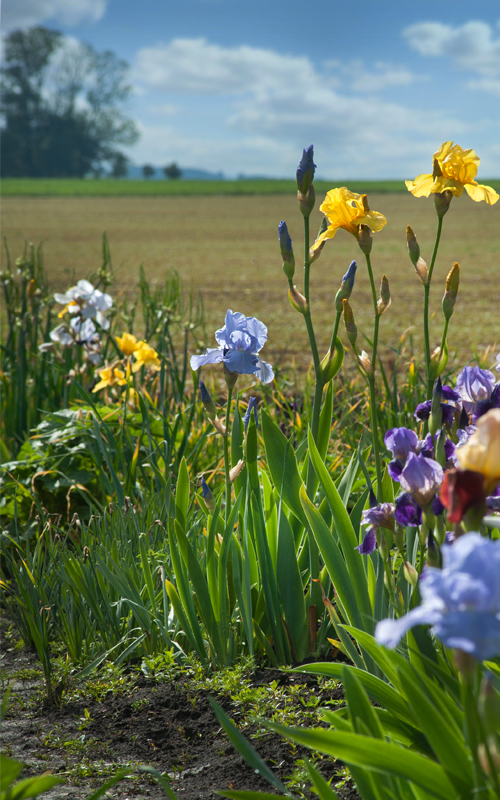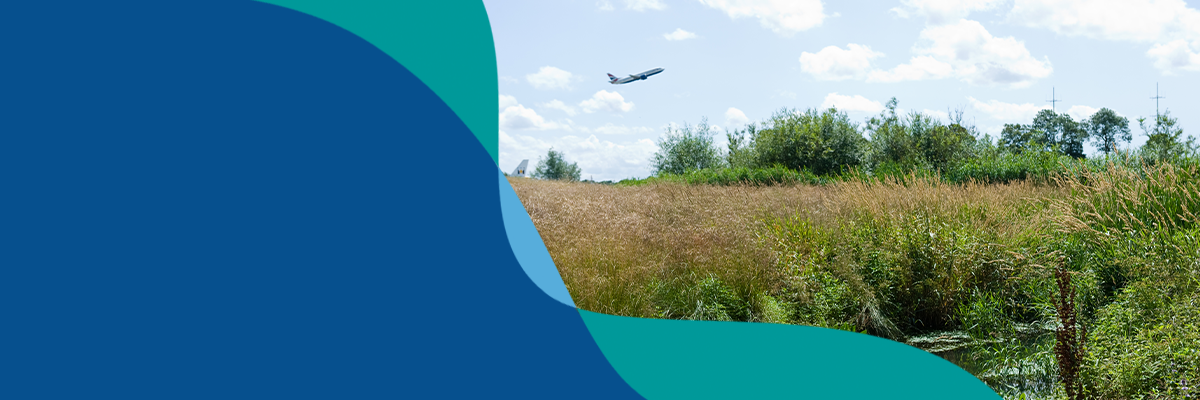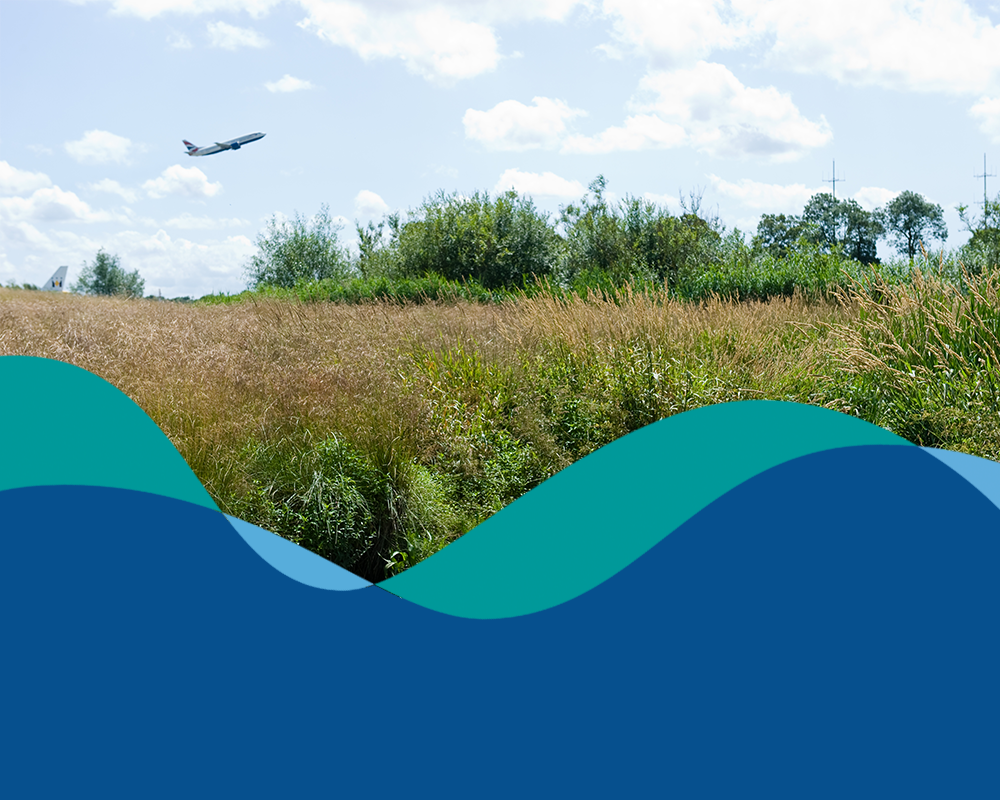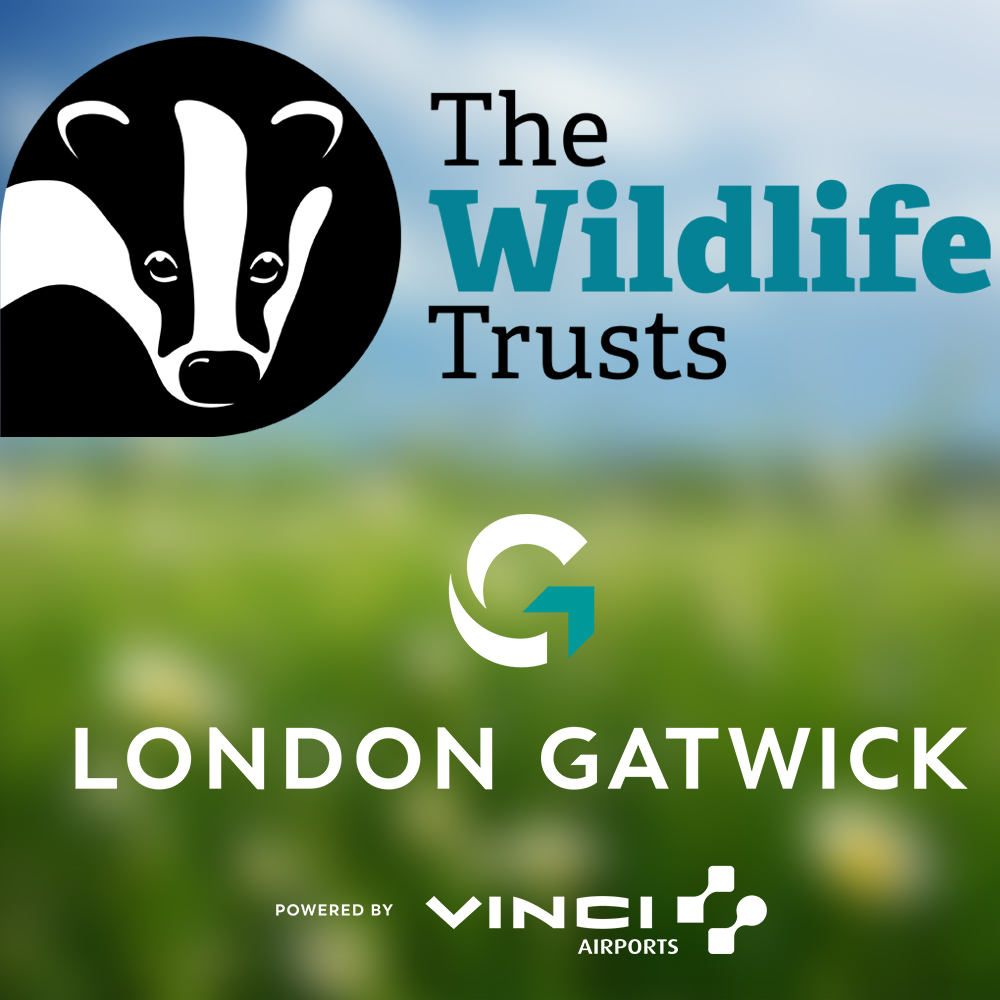London Gatwick has over 91 hectares of woodland, grassland, scrub and wetlands surrounding the airport which we manage and monitor for biodiversity. We have two key non-operational areas of Gatwick's landholding that we are actively managing and monitoring to enhance their biodiversity potential. One area is the North West Zone and River Mole, the other is the Land East Zone, which includes the Gatwick Stream and the Gatwick Woodlands Biodiversity Area.
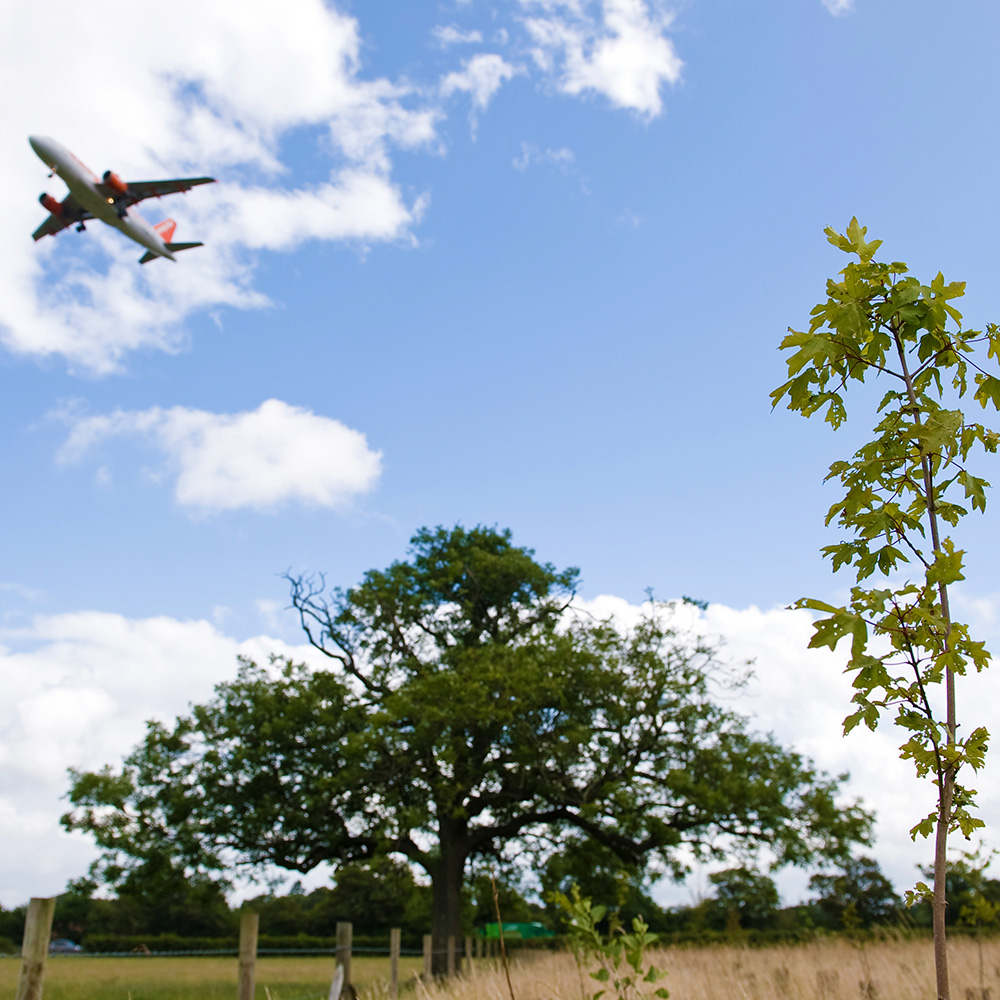
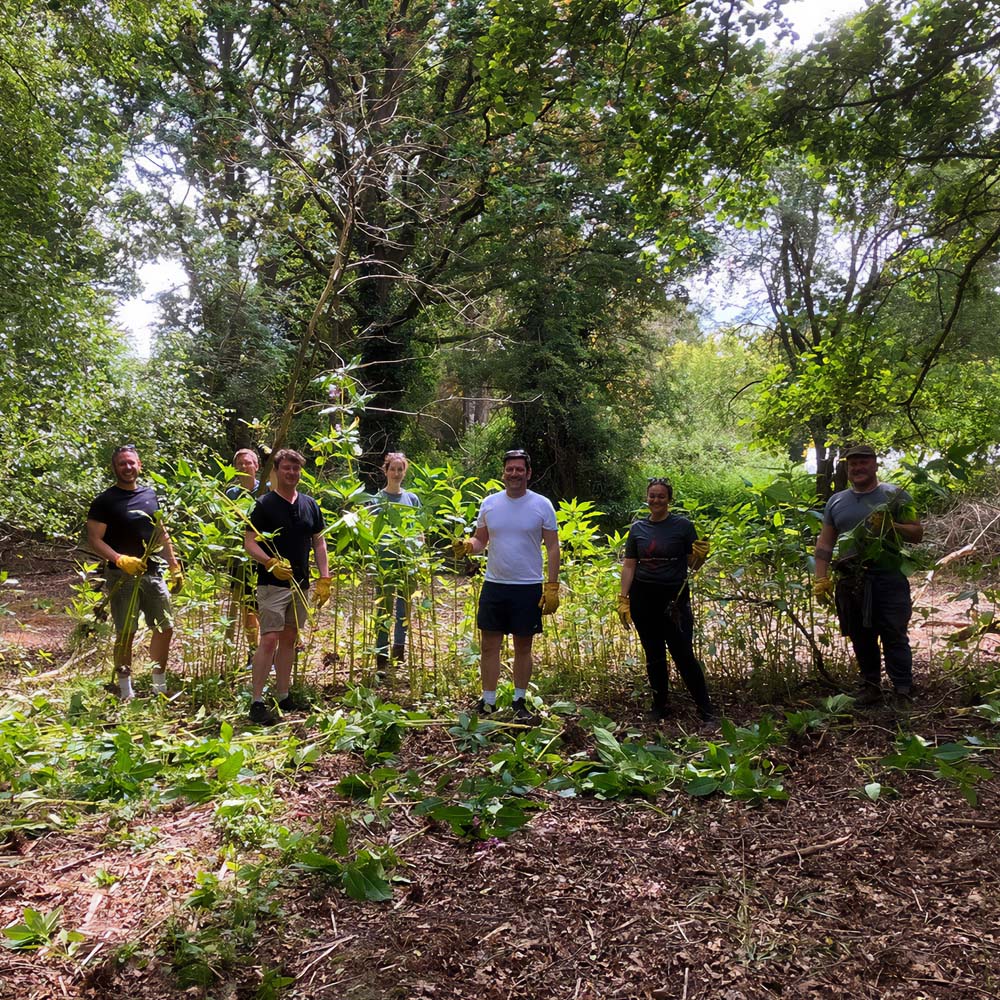
We have been accredited by the Wildlife Trusts with its Biodiversity Benchmark since 2014. The award is certified by the Wildlife Trust and is currently the only recognised standard that certifies business for wildlife enhancement.
They provide a framework in which organisations can ensure a positive impact on nature. This involves annual assessments from the Wildlife Trust auditors in which they visit our sites to review the work that we are doing, checking that we have suitable management systems in place to actively manage our Biodiversity Areas, setting improvement targets and reviewing our progress against them.
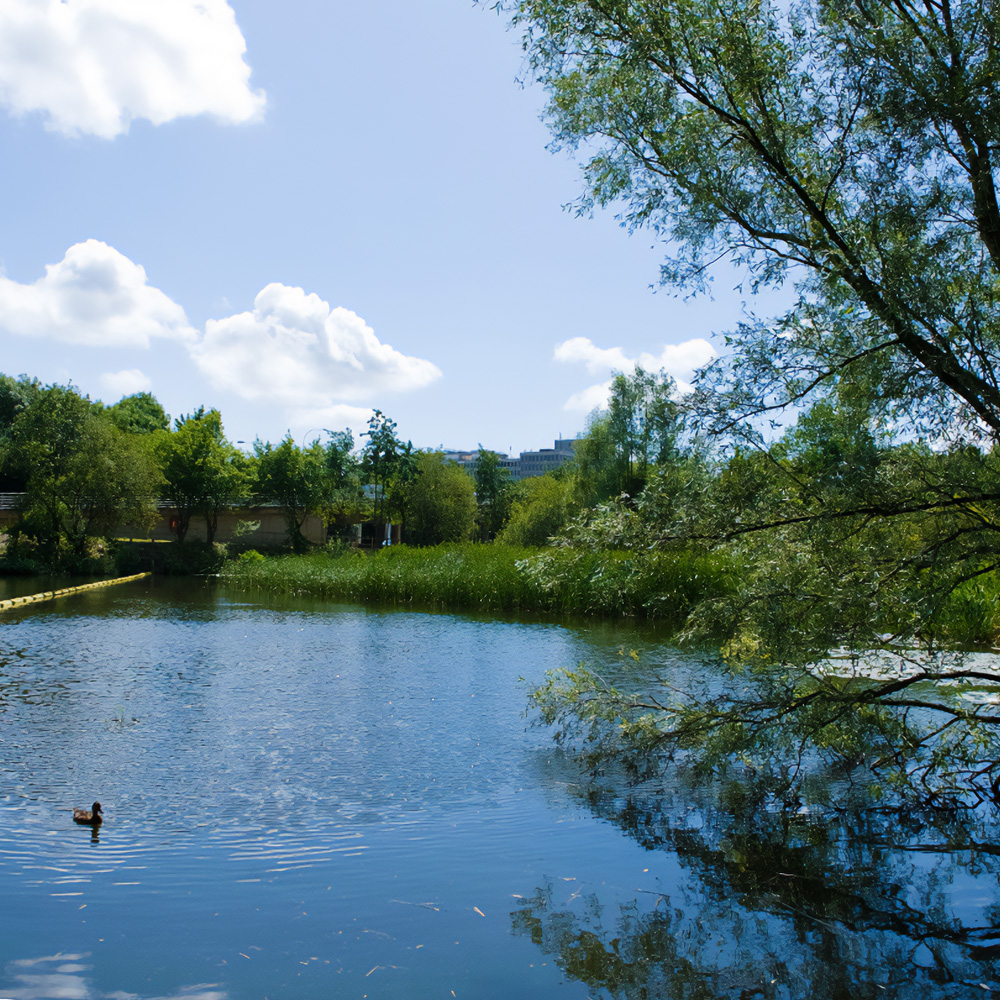
Biodiversity area maps
Working adjacent to an airport comes with challenges. Certain species of bird such as swans, geese, gulls, corvids, starling etc. provide a bird strike risk to aircrafts. Our biodiversity action plan is unique because we work with the bird strike management team and tailor habitat creation and management to be unattractive to these species, whilst encouraging species that do not pose a risk to the safe functioning of the airport.
Biodiversity Annual Reports
The land management is guided by our Biodiversity Action Plan which is updated every 5 years. We're fortunate to be aided by national and local experts and wildlife recording groups, as well as volunteers in our community. The advice and recommendations we gain from our annual monitoring surveys informs the habitat management actions. Further information on our management and monitoring can be found in our Annual Review Reports.

Working with the Sussex Biodiversity Record Centre (SxBRC) we began compiling 55 years’ of species data.
The earliest species recorded is a Skylark from 1962. The earliest recorded insect was the Brown Hawker dragonfly in 1977.
As of 2024, over 3,120 species of plants, animals and fungi have been recorded in and around London Gatwick including a number of notable species and declining species such as Long-horned Bee, Bechstein’s Bat, Grizzled Skipper Butterfly and Nightingale.
We've been able to categorise this huge variety thanks to help from members of the local community, surveys we have commissioned and our partnership with SxBRC.
This will inform our work and help encourage the return of rare or declining species.
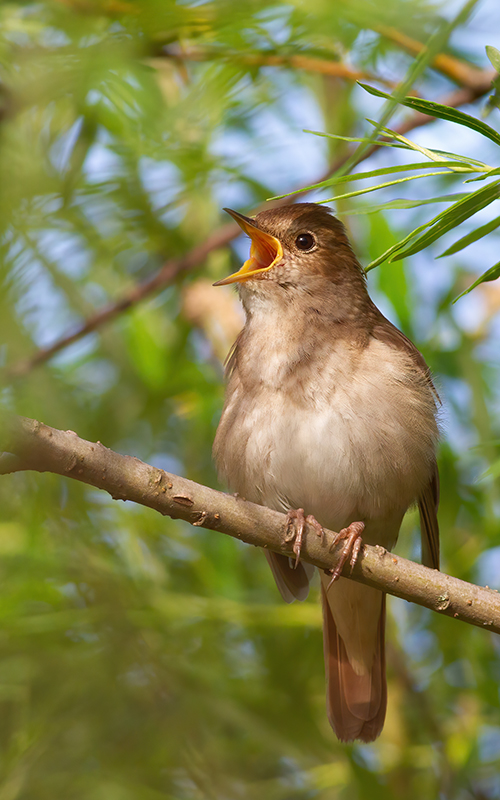
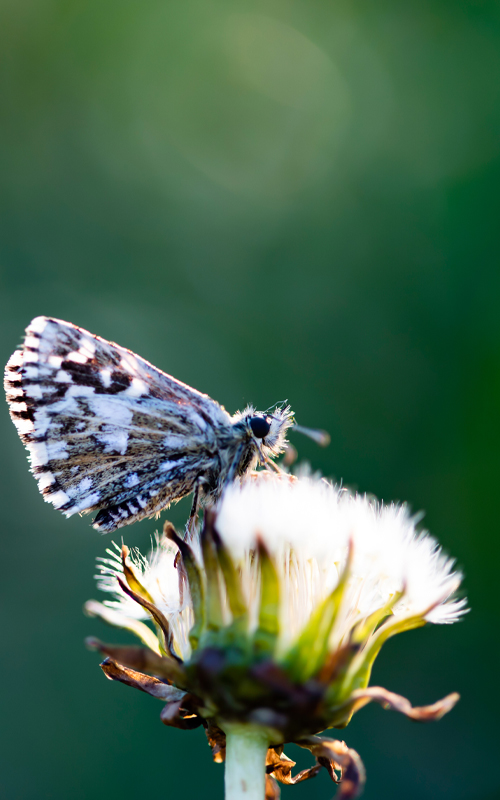
Our work supports the wellbeing of our staff and the local community through volunteering and education events, forest schools and publicly available walking areas for people to enjoy.
Around 70% of our land management actions are completed by our dedicated, long term Volunteer Reserve Managers many of whom have been working with us for over a decade, as well as through our corporate volunteering scheme.
All our volunteer works are facilitated through our partnership with Gatwick Greenspace Partnership (GGP), a community wildlife charity that form part of Sussex Wildlife Trust. GGP also facilitate wildlife education events with Gatwick Woodlands and support us in enhancing our land for biodiversity.

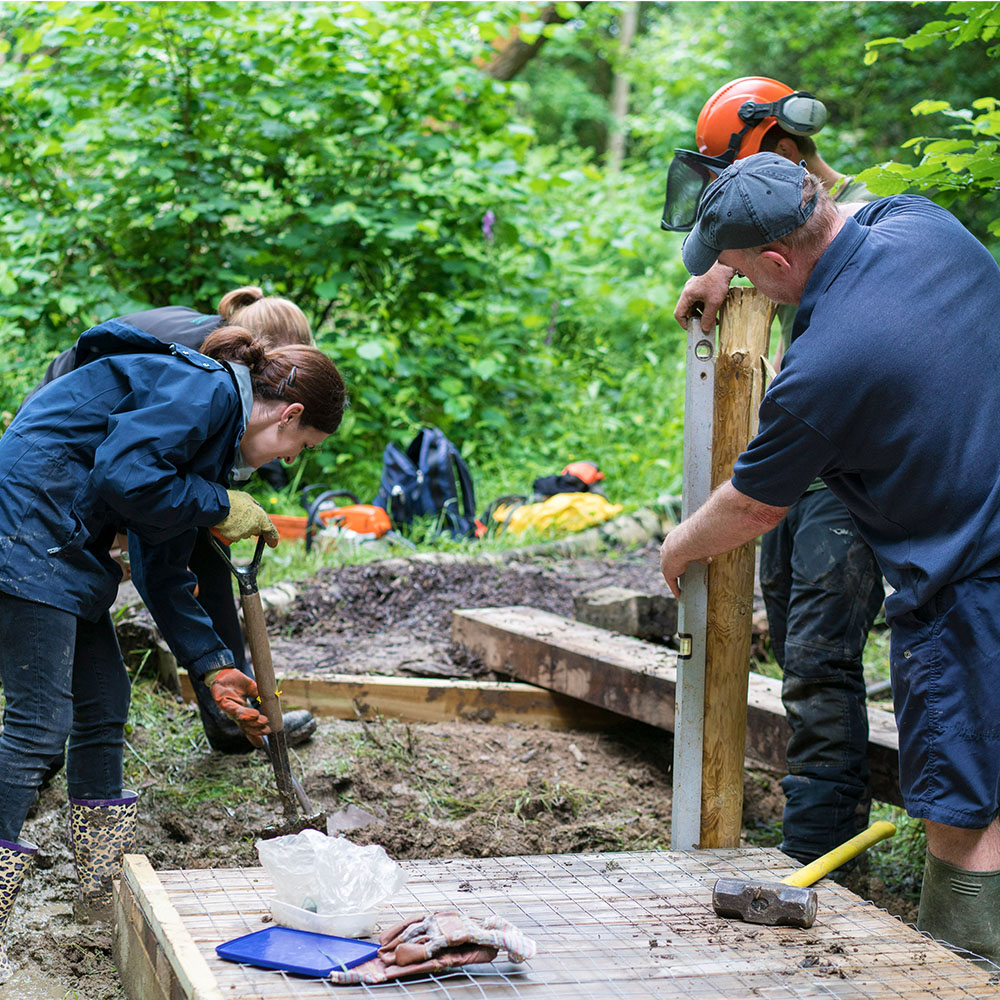
We've put in place a new approach to managing road verges, to boost biodiversity benefits from our green spaces. We reduced cuts and collected cuttings to reduce nutrient load, which supports native wildflowers.
Surveys in summer of 2020 identified previously unrecorded flowering plant species, including two new positive indicator species.
In 2021 baseline surveys were extended to include pollinators. A total of 41 invertebrate species were recorded on the road verges, most of which were actively foraging on wildflowers.
Surveying Road Verges - London Gatwick Case Study - Plantlife
